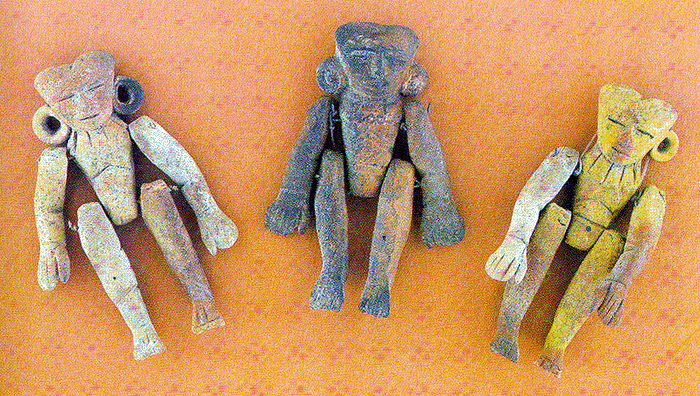Despite my whining, the pagan community is getting puppetry right in a lot of ways too. I wanted to make sure I clarify that there are some big wins for arts that are at least related to puppetry out there.
Mummers and Maskers:
Masking traditions are closely linked with puppetry in a lot of cultures. Even today, large scale puppets often translate into masked puppeteers and I think masks and masking is very much alive at the pagan festival and thoroughly embraced by writers of ritual. Mummers parades are not rare either, and the dramatic arts thrive in the form of ritual drama.
Theoretically, incorporating puppetry into an environment so rich in its cousins should be a fairly easy and welcome transition.
Pagan pride parades and festivals have already incorporated some large scale puppetry, masking and it's like. Because the parade costume is often larger than life, it often requires some form of puppetry to manipulate.
https://www.flickr.com/groups/1022538@N25/pool
Some festivals and parades that are not necessarily pagan, but that incorporate pagan elements, like Burning Man and others, are also making fantastic use of puppetry and even stretching the boundaries of what the art form can be and, hopefully, become.
http://hobt.org/mayday/ceremony/
Mummers and Maskers:
Masking traditions are closely linked with puppetry in a lot of cultures. Even today, large scale puppets often translate into masked puppeteers and I think masks and masking is very much alive at the pagan festival and thoroughly embraced by writers of ritual. Mummers parades are not rare either, and the dramatic arts thrive in the form of ritual drama.
Theoretically, incorporating puppetry into an environment so rich in its cousins should be a fairly easy and welcome transition.
Pagan pride parades and festivals have already incorporated some large scale puppetry, masking and it's like. Because the parade costume is often larger than life, it often requires some form of puppetry to manipulate.
https://www.flickr.com/groups/1022538@N25/pool
Some festivals and parades that are not necessarily pagan, but that incorporate pagan elements, like Burning Man and others, are also making fantastic use of puppetry and even stretching the boundaries of what the art form can be and, hopefully, become.
http://hobt.org/mayday/ceremony/









